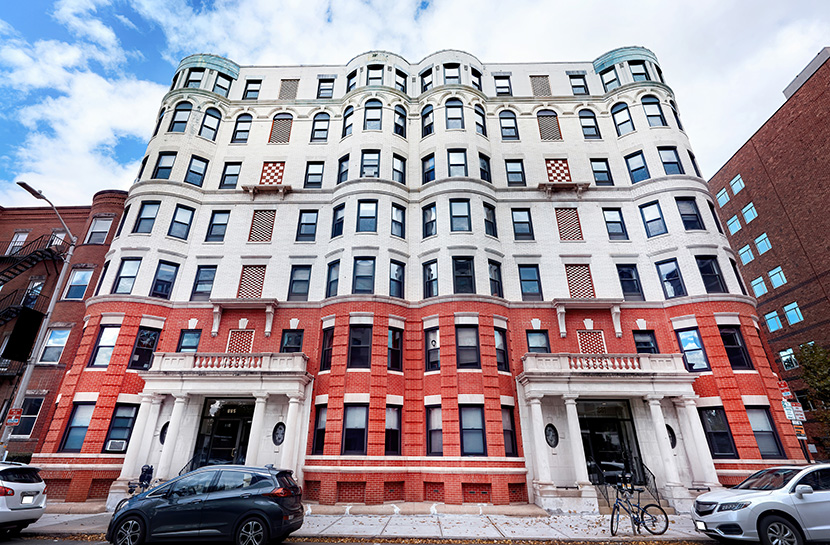
Small Multifamily Market Moving Back to Normal

Apartment building photo courtesy of Frimufilms.
Arbor, Uniondale, N.Y. said the small multifamily market–properties with fewer than 50 units and mortgages below $7.5 million–broadly improved in early 2021 as the sector begins the path back to normal.
“Within small multifamily, the start of the new year brought a reversal of some COVID-induced trends,” Arbor said in its Small Multifamily Investment Trends Report. “Notably, loan-to-value ratios and debt yields, two metrics that saw hyper-variability due to increased risk aversion, have started to trend back toward their pre-pandemic levels.”
Chandan Economics, New York, said lending volume on small multifamily properties could increase by $2.7 billion compared to 2020 to finish this year at $60.2 billion. Small multifamily originations reached a record $59.2 billion in 2019 before falling 2.9 percent last year.
“Notably, 2021’s annualized estimate would mark an improvement not only from 2020’s total but also 2019’s pre-COVID peak,” Arbor said.
Most new lending last year came from refinancing because buyers and sellers were far apart in their opinions of fair market value through most of last year, Arbor said. The refinancing share of small multifamily lending increased for five consecutive quarters, peaking at 78.5 percent in fourth-quarter 2020.
As the economy improves and opportunistic investors look to deploy capital in the sector, property sales and acquisition loans are growing more common, the report said. The refinancing share of small multifamily lending fell to 67.9 percent in the first quarter, just 90 basis points above where it stood before the pandemic hit.
But Arbor noted some potential challenges ahead for the small multifamily market. “As the small multifamily sector heads into the middle of 2021, the CDC’s continued national eviction moratorium remains a sizeable roadblock on the hopeful path back to normalcy,” the report said. “While the moratorium is a challenging factor for all multifamily operators, the effects asymmetrically impact mom-and-pop owners.”
The Washington Post published an article last week about some of the stresses mom-and-pop owners face during the pandemic.
“Nonperforming units in smaller apartment buildings make up a more significant percentage of forgone potential income,” Arbor said. “Even still, the scale of nonperformance has not measured close to initial fears. Opportunistic investors spent the early days of the crisis stockpiling capital to deploy into distressed assets. The relative infrequency of distress and the overabundance of capital are leading to competitive pricing, softening the blow for owners who find themselves in involuntary sales. All else equal, the small multifamily sector remains well positioned to return to health and exit the crisis from as strong of a position as it had entered.”
